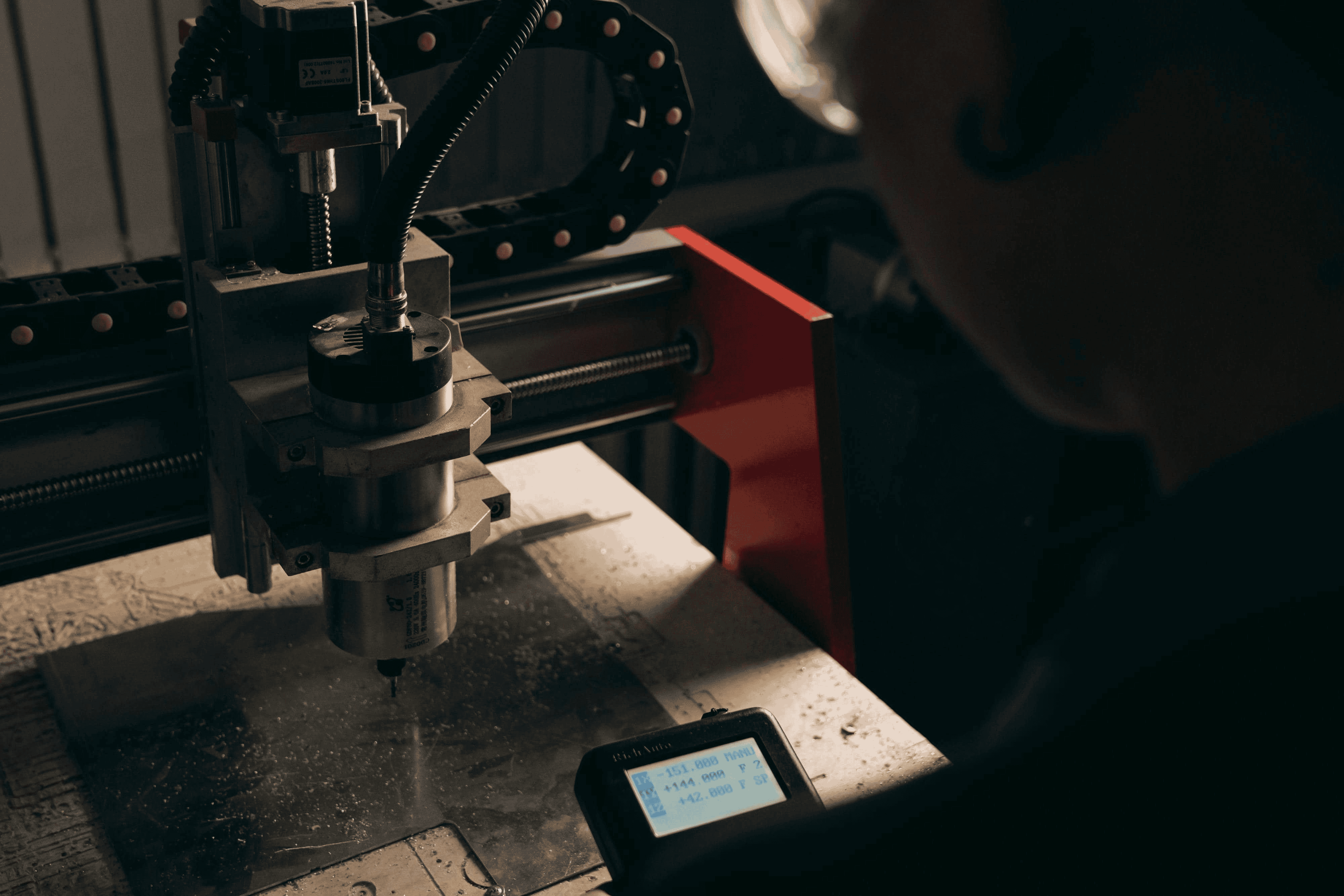Custom Fabrication

Sheet metal fabrication is the practice of transforming flat metal stock into functional parts and assemblies using cutting, forming, and joining. Shops translate CAD into machine code, nest parts for material efficiency, and cut blanks with fiber lasers, waterjet, or turret punching. Forming uses press brakes, panel benders, rolls, or stamping for higher volumes. Assemblies come together through MIG, TIG, and spot welding, with hardware insertion for standoffs and threaded features. Typical materials include cold rolled steel, stainless, aluminum, galvanized sheet, and copper alloys across common gauges and thicknesses.
Sheet metal fabrication for commercial parts with tight tolerances
Modern equipment centers on fiber laser systems for speed and clean edges, turret presses for lanced features and forms, and press brakes with CNC backgauges for consistent bends. Programmers apply bend deductions, K factor, and grain direction rules to hold angles and minimize cracking. Precision comes from tight kerf control, minimal burr, and consistent bend radii that match material thickness. For repeatability, shops rely on offline programming, tool libraries, and angle correction. Hardware insertion and tapping complete features that make parts assembly ready.
Material choice balances strength, weight, cost, and finish requirements. Aluminum offers weight savings and corrosion resistance, while stainless handles heat and hygiene demands. Finishing options include powder coat for durability, anodize for aluminum hardness and color, chem film for conductivity, zinc plating for corrosion resistance, and passivation for stainless. Cosmetic parts often specify class A surfaces, color standards, and salt spray or UV performance targets. Clear finish notes and callouts help shops meet both appearance and environmental requirements.
A strong fabrication workflow starts with a clean data package. Preferred files include flat DXF or DWG for cutting, STEP for assemblies, and a PDF drawing with tolerances, finish, and critical dimensions. DFM guidelines simplify fabrication and improve cost: keep holes a safe distance from bends, match inside bend radii to thickness, add reliefs at corners, and avoid tiny tabs that trap heat. Typical tolerances range from a few thousandths of an inch on cut features to wider limits on formed dimensions, depending on gauge and length. Quality systems support first article inspection, in process checks, and final verification with height gauges or CMM for complex geometries. Lead times span fast turn prototypes in days to production runs in weeks, influenced by material availability, finish queues, and fixture needs.
Evaluating suppliers comes down to capability, capacity, and communication. Review equipment lists, forming tonnage, and welding certifications to match your part mix. Ask about inspection plans, traceable material certs, and process documentation that protects repeat work. Look for digital quoting, clear change management, and a responsive point of contact. For long term programs, confirm inventory strategies, Kanban, and fixture maintenance to keep lines running.
Commercial sheet metal fabrication focuses on repeatable parts for enclosures, kiosks, medical carts, telecom racks, HVAC plenums, and retail fixtures. Requirements often include UL or NEMA considerations, ingress protection targets, and consistent powder coat texture and color. Assemblies depend on reliable spot welds, threaded inserts that hold torque, and gasketing for EMI or dust control. As volumes increase, sheet metal fabrication manufacturers build lean cells, create check fixtures, and implement labeling and packaging standards that protect finishes in transit. The best partners scale from pilot runs to steady production without losing dimensional control or cosmetic quality.
If you want this level of discipline on your next project, explore our Custom Fabrication to see how we turn drawings into parts that fit the first time. For a breakdown of cutting, forming, welding, and finishing options, visit our Fabrication Services page. New to our shop or comparing suppliers for commercial programs, start with Why Choose OZK Customs to understand our process, communication, and commitment to quality.
We work with teams who need dependable timelines, steady quality, and practical engineering support. Bring your step files, flat patterns, and finish specs, and we will help refine the design for stable bends, accurate hardware locations, and coatings that last. When commercial schedules matter, a single point of accountability keeps work flowing and parts arriving ready for assembly.
Ready for production grade sheet metal parts without the guesswork? Tell us about your drawings, materials, finish, and timeline. Our team will review your project, offer design for manufacturability suggestions, and provide an accurate quote so you can move from prototype to production with confidence.
ADDRESS:
6159 E Huntsville Rd, Fayetteville, AR 72701
PHONE:
(479) 326-9200
EMAIL:
info@ozkvans.com